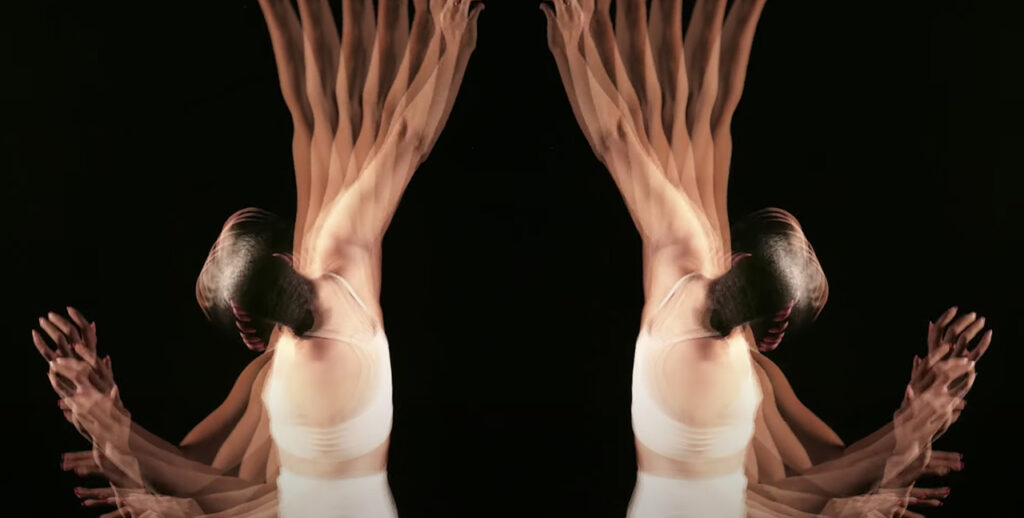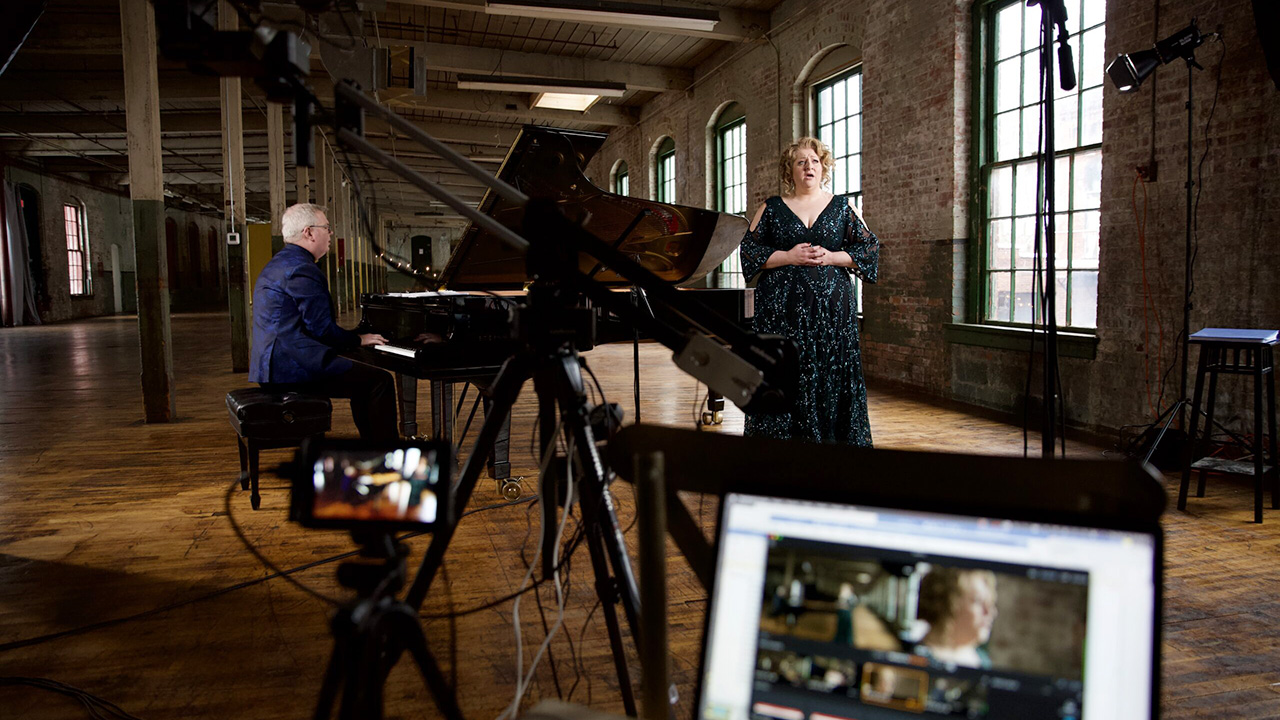On March 23, LA Opera announced an exclusive partnership with Marquee TV that will see the opera company’s performances join the streamer’s collection of global opera, ballet, orchestra, and dance recordings. The first piece to be made available is a 102-minute performance of The Anonymous Lover (L’Amant Anonyme), a 21st-century interpretation of the 1780 chamber opera by Joseph Bologne, Chevalier de Saint-Georges.
The licensing deal, wherein Marquee TV pays LA Opera a fee to host its performances for a couple of years, was initiated way before 2020’s lockdown orders, according to Rupert Hemmings, the VP of Artistic Planning at LA Opera. “Marquee TV originally approached us prior to the start of the pandemic to discuss options for licensing some of our previous work,” he tells Jing Culture & Commerce. “As we began to produce more digital content in response to the stay-at-home orders, it was a natural progression for us to work with them to take our digital content to their worldwide audiences.”

LA Opera’s The Anonymous Lover is the company’s first production to feature on Marquee TV. Image: An early rehearsal of the performance, photographed by Larry Ho
Such a pairing signifies a larger movement in the performing arts sector that’s seen organizations — including Lincoln Center Theater and the National Theatre — eye streaming as natural digital counterpart of live performances.
LA Opera is no different: its On Now platform houses a host of digital content it produced and released over the past year, including full-length performances, living room recitals, and digital shorts that are ready to stream. “We were one of the first companies to respond to the cancellations with a formal series of ‘at-home’ content,” Hemmings says. On Now has since become a permanent digital offering, with more than 140 productions in its catalog.
As Susannah Simons, Director of Content at Marquee TV, sees it, streaming enables performing arts venues to reach younger and previously untapped demographics, and allows audiences to view once-unaccessible performances. For her, it’s the access that digital provides that excites her. “You might never get to go to the Royal Opera House or to New York City Ballet, but you can enjoy that performance on a platform like Marquee TV,” she says. “I won’t use the word ‘democratize the arts’ because you have to subscribe and pay, although we do have quite a lot of free content.”

A still from LA Opera’s digital short, “Lumee’s Dream.” Image: LA Opera
Of course, an obvious question at hand is: how well do live performances translate into digital? Can an HD stream of Swan Lake or Giselle capture the drama a live ballet creates?
“An online performance is never going to be the same as a live performance,” Simons says. “There’s an excitement and energy and commitment about a live performance that you’re not going to recreate in a digital space. Having said that, if you take something like Akram Khan’s Giselle — when is anybody going to be able to see it live again?” For Marquee TV subscribers, the English National Ballet’s 97-minute performance of Giselle is online and ready.
Echoing Simons, Hemmings notes, “There is a very real community aspect to watching live theater together… To share in a live moment together with others, knowing that the artists feed off your reactions, is an incomparable experience.” Other complications such as unreliable sound quality or WiFi can also affect the digital viewing of an opera or performance.
One company that’s attempting to merge online streaming with in-person experiences is New York City’s Thirdwing. The platform’s subscription provides all-access to their digital content, as well access to all their in-person shows. Cameron Bossert, Founder and Artistic Director of Thirdwing, says his goal is to make streaming experience complementary to live performances. “The live plays would be different than the streaming plays,” he notes. “[The live play] would be tailored to an in-person audience.”

Thirdwing’s in-person shows such as A Venomous Color (above) will have online counterparts in the form of accompanying digital series or webisodes. Image: Thirdwing
For example, the upcoming in-person performance of A Venomous Color: The Fairest (October 19) will be “followed by a sequel streaming series called Burbank in December,” he says, while The United Nations: Pale Cast of Thought (2022) is being teased through streaming webisodes. Notably, Thirdwing doesn’t plan to stage live performances and stream programs simultaneously.
For Simons, the biggest challenge performance venues need to address now is how to translate digital experiences into live experiences. “The challenge for the arts organizations is: what experience does the digital audience have when they go to the venue,” Simons says. “Because it will be different. And how do you make it as exciting? Or how do you recreate some of that new learning in the venue space? So that’s going to be the most interesting challenge for all of them.”
If performing arts venues can nail this tricky obstacle, then life after COVID-19 could mean a perfect hybrid of streaming and live experiences. LA Opera, as it continues to grow its digital partnerships, fully intends to develop content for both the stage and stream. “We plan to continue to feature and commission work from the most in-demand composers and visual artists for more digital shorts,” says Hemmings, “and look forward to additional, creative projects that deliver the world class opera that our fans have grown used to, on both digital and physical stages.”



